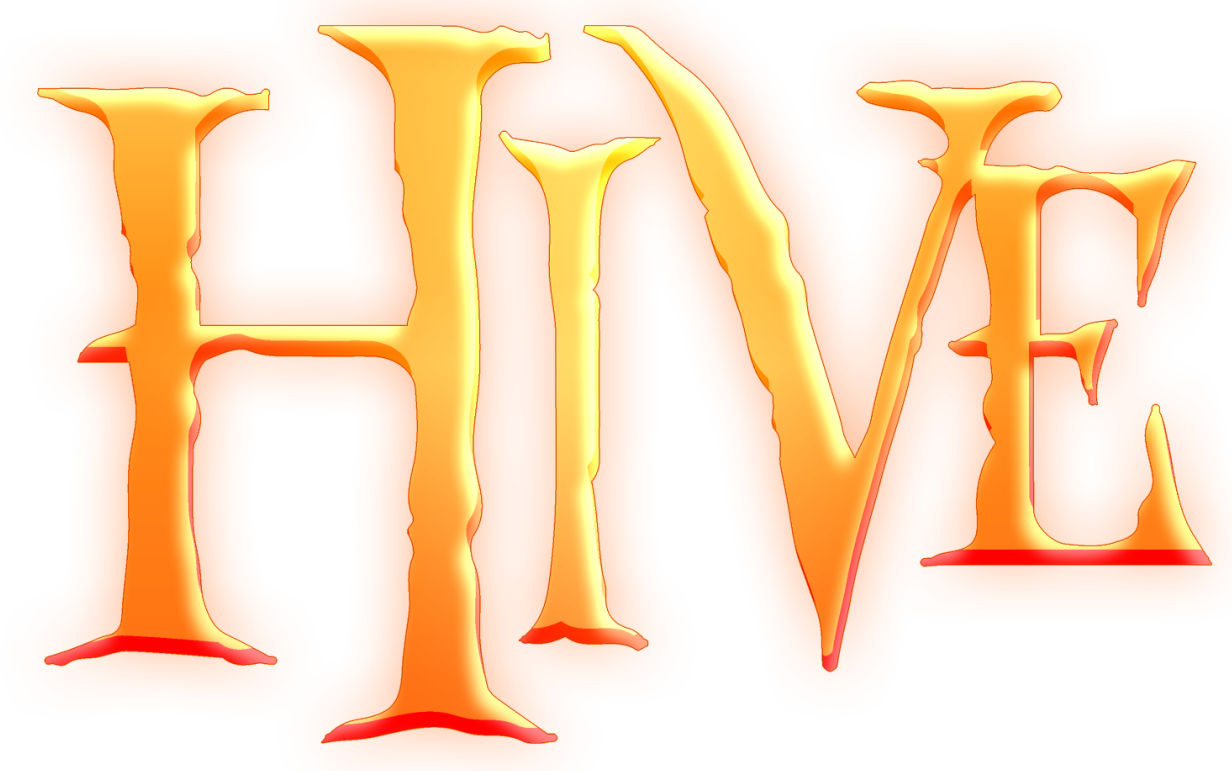Let's do some math.
That model has a total of 1198 vertices, each vertex is made of (3 + 3 + 1 + 2) * 4 bytes.
That's 43KB.
There are 987 faces, each of which is 4*3 bytes.
That's 12KB.
There are 131 matrix groups, each one is most likely 4 or 8 bytes, so not a big deal.
There are 4423 keyframe tracks.
Now the size of keyframe tracks can vary quite a bit. The smallest track is 5 bytes, the biggest track is 52 bytes.
Most of the tracks tend to be either translations, or rotations.
Translations can be either 16 bytes (none, linear) or 40 bytes (bezier, hermite).
Rotations can be either 20 bytes (none, linear) or 52 bytes (bezier, hermite).
So, as you can see, most of the size in this model is in the keyframe tracks.
That is because this model has many nodes (70 bones and 37 helpers, which in fact by themselves take about 11KB).
Now, assuming you don't want to start removing nodes and remaking the model, and you just want to remove sequences that you don't need, you'd need to also step through all of the nodes and remove all tracks that existed in the sequence.
Since there is no automated tool that does this, it's going to be quite annoying for you.
If you are going down this road, I highly suggest you to do this in text format, and not in a GUI (such as Magos).
If you know your way around text editors and regular expressions, you can actually do the whole job in one replace command (if you don't, you are free to ask how to do this, or even better, learn how to use regular expressions).
Good luck.




